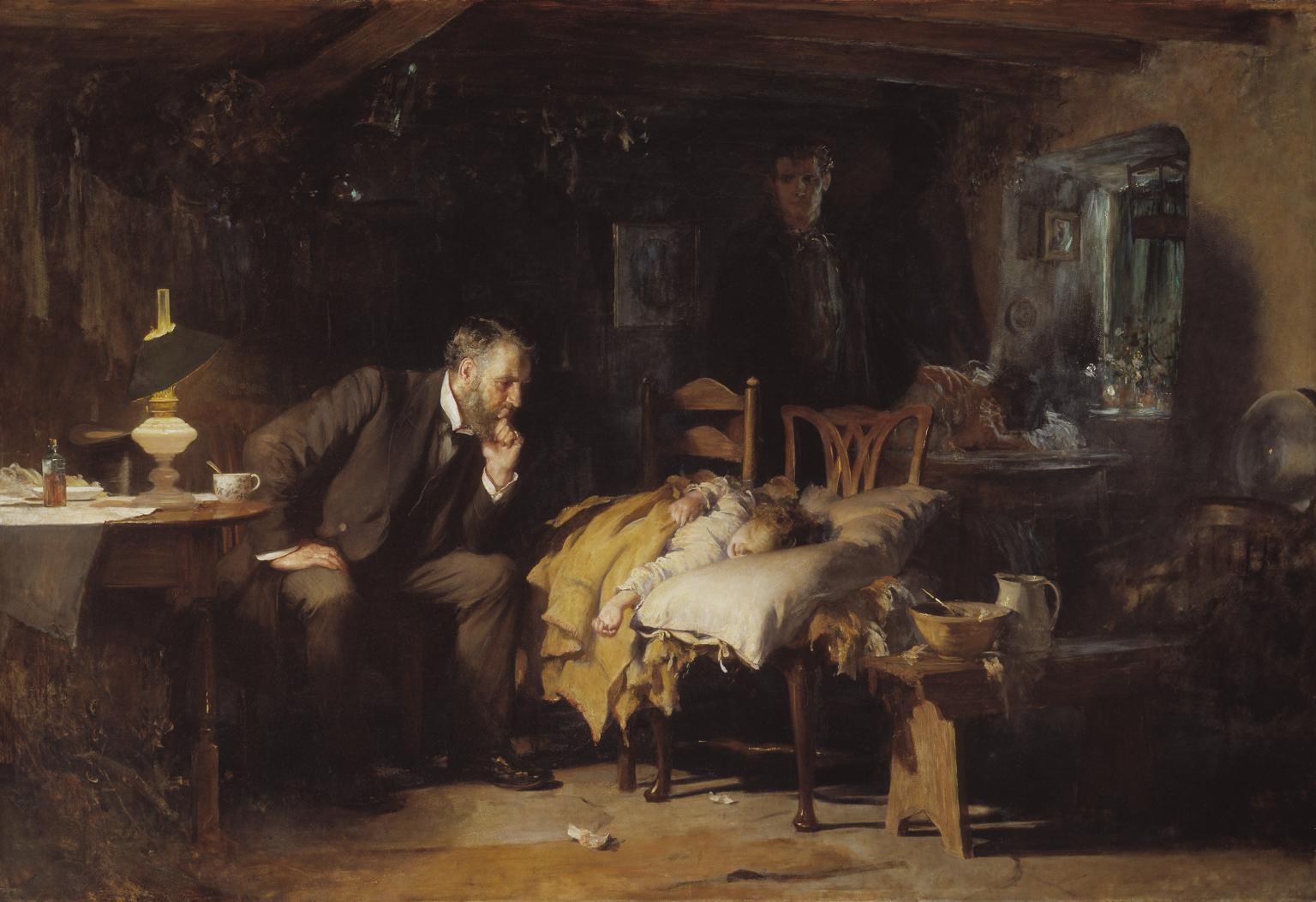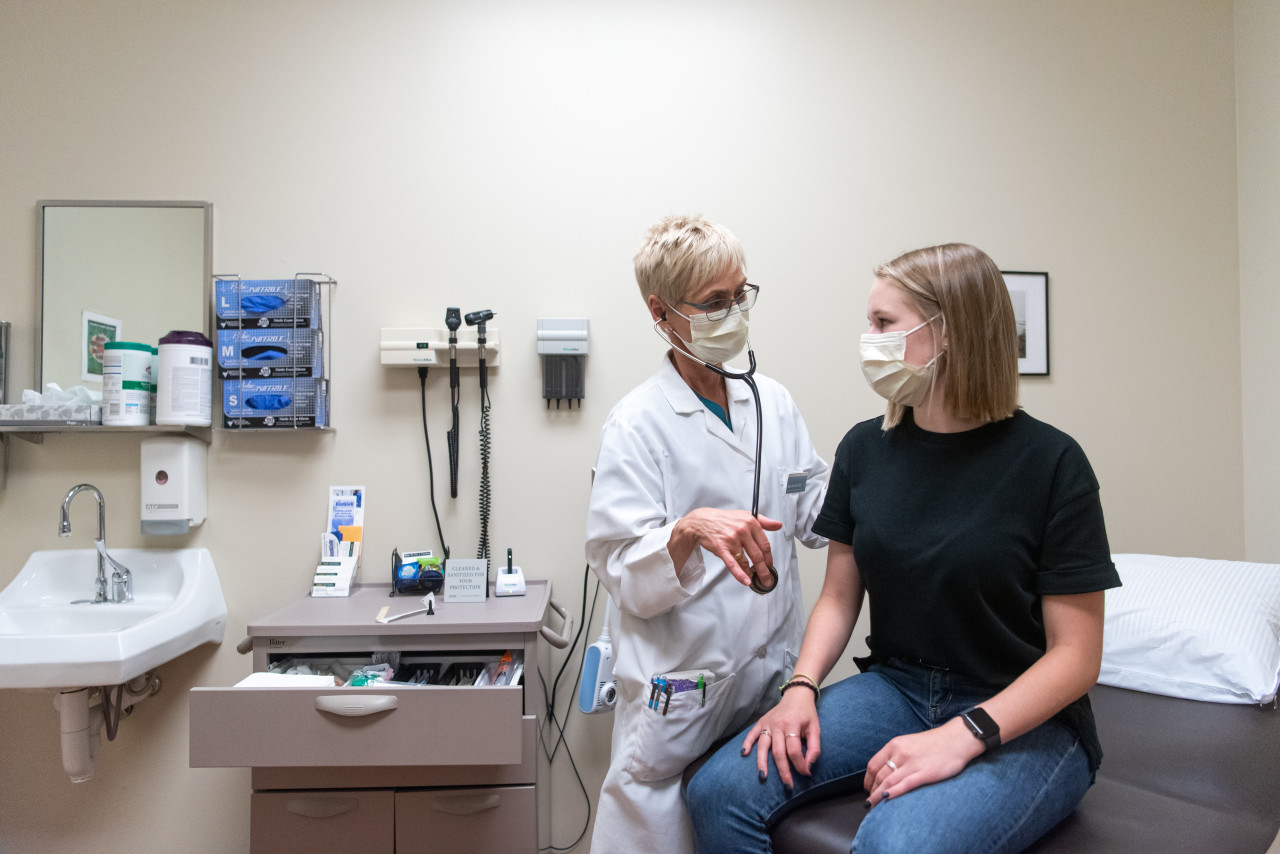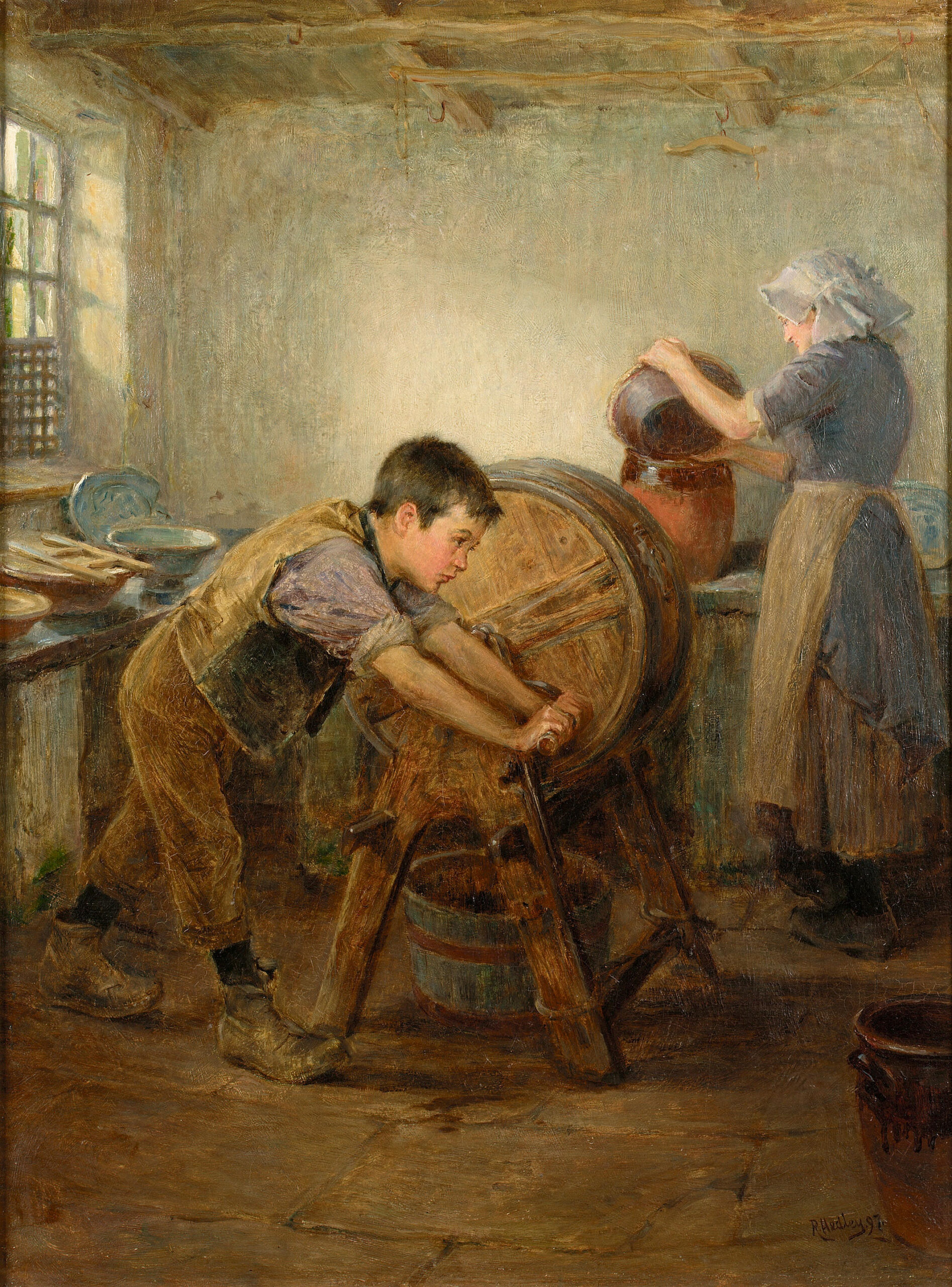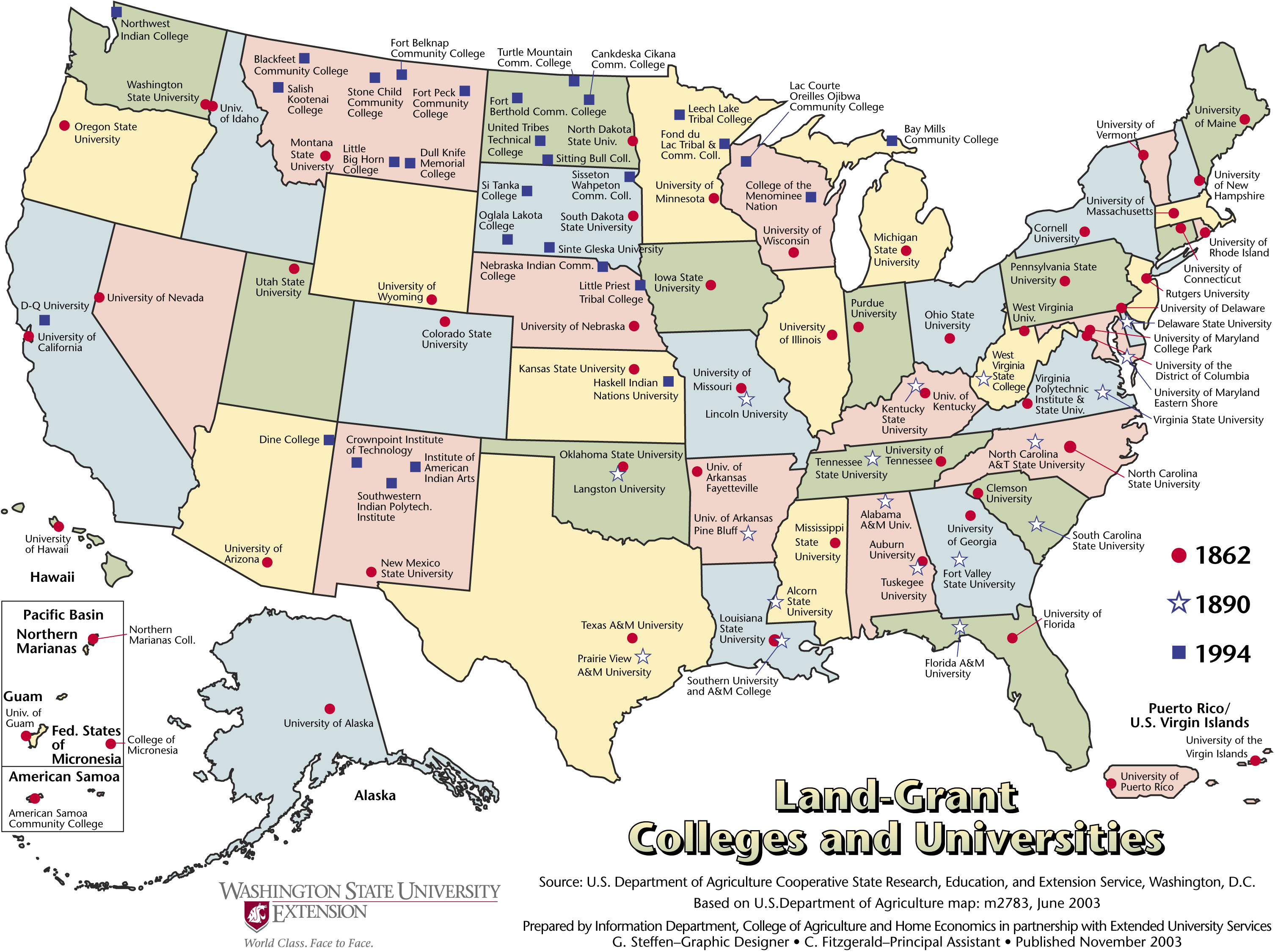📢 Academic institutions: The time to make a global impact is NOW!
Join the INCITS Executive Board to collaborate with experts worldwide and shape ICT standards. Bridge academia and industry for innovation and excellence.
🔗 https://t.co/G9vknxQY2Y
🔗 https://t.co/lGh8G4eiL4 pic.twitter.com/iM7AVhWxb9— INCITS (@INCITS) January 9, 2025
As ANSI’s United States Technical Advisory Group Leader, the International Committee on Information Technology Standards manages public consultations originating from the Geneva partner organizations that coordinate national standards organizations such as ANSI. The IEC develops its consensus titles in relatively smaller parcels which means that public review can be released in batches of 10 to 100 at a time. We see the same tsunami-like releases coming from ISO subcommittees. Hard to keep up with but we try; giving priority to titles incorporated by reference into codes, standards and regulations at the state and federal level. Meaningful information affecting #TotalCostofOwnership of education communities are typically buried deep, deep into best practice literature.
By comparison, most US-based standards setting organizations bundle best practice concepts into chapters and books. The books are big but they move more slowly and, arguably, have been superceded within weeks; a discussion for another colloquium.
A broad overview of INCITS information and communication standards setting is linked below:
Note that the titles are product titles (not interoperability) titles. We generally devote resources to interoperability titles for reasons we explain in our ABOUT.
We collaborate closely with the Institute of Electrical and Electronic Engineers, the world’s largest professional organization for the world’s most transformative technologies. Every 12 hours our algorithm picks up commenting opportunities relevant to the business side of the education industry and redirects them to the subject matter experts in the IEEE Education & Healthcare Facilities Committee which meets 4 times monthly in European and American time zones.
This much said, we always encourage direct participation in INCITS standards setting activity and in its administrative role as the US TAG to ISO/IEC Joint Technical Committee 1. CLICK HERE to get started on your own.
The INCITS suite is included on the syllabus of our Infotech and Global See our CALENDAR for the next online meeting; open to everyone.
More
Freely available ISO/IEC JTC1 Standards























